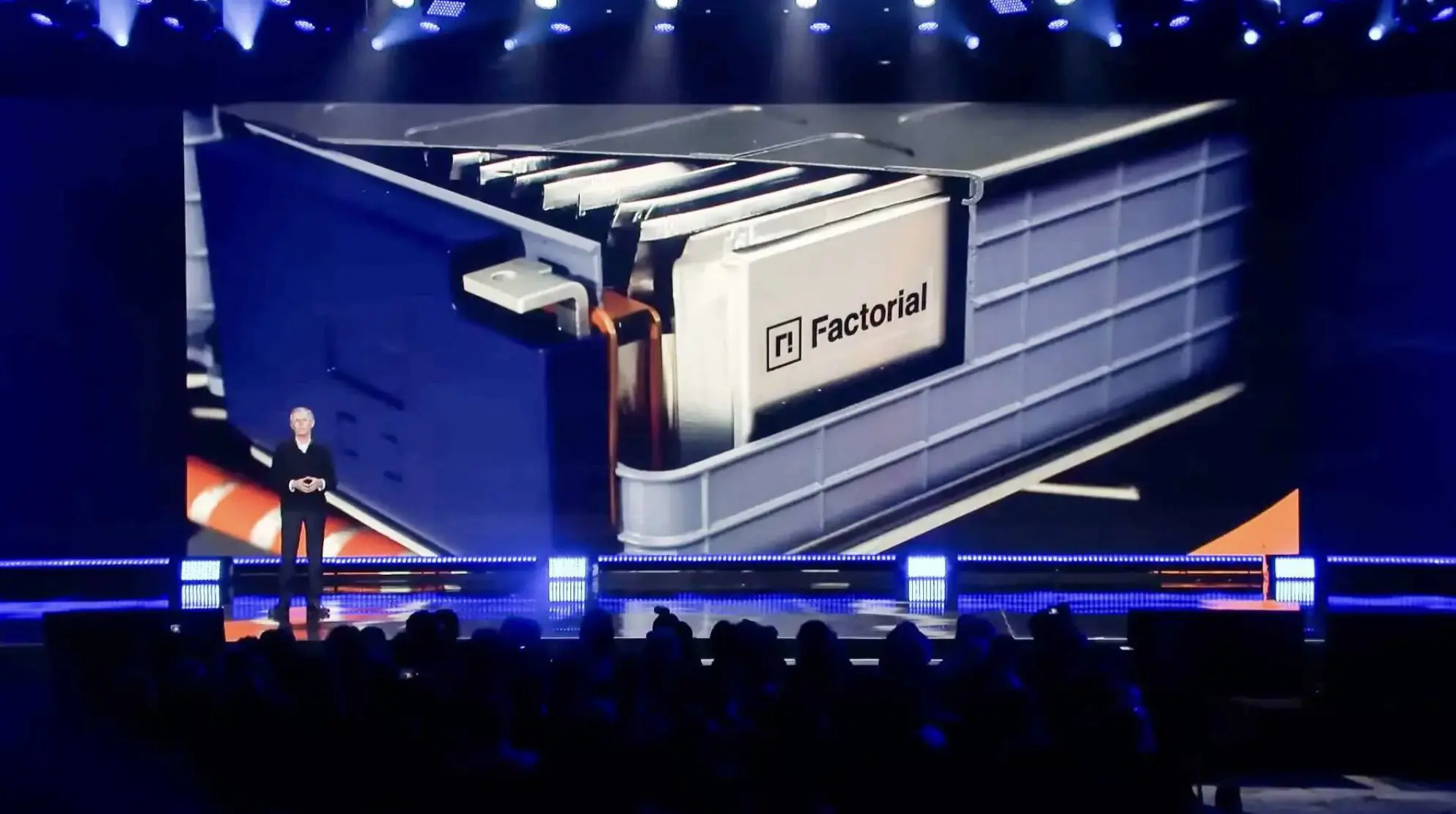At the 2023 Consumers Electronics Show (CES) in Las Vegas, Factorial displayed a prototype of their new 100 Amp-hour(Ah) batteries.


Factorial Energy is a start-up working on the next generation of solid-state batteries. Over the past six years, it has significantly invested in solid-state battery technology. At the 2023 Consumers Electronics Show (CES) in Las Vegas, they displayed a prototype of their new 100 Amp-hour(Ah) batteries.
Previously, the start-up demonstrated a 40 Ah solid-state battery cell prototype. Using its so-called Factorial Electrolyte System Technology(FEST), Factorial is also attempting to use current lithium-ion battery production facilities to reduce costs.
The prototype cell was created as part of the collaborative development agreement between Factorial and Stellantis. It was first announced in November 2021. It fulfills solid-state performance claims without the catastrophic flaws seen in earlier generations of the technology. The technology will debut in the high-end market to test its effectiveness and producibility.
Carlos Tavares, CEO of Stellantis, emphasized the prototype solid-state cells’ 30% greater density than typical lithium-ion batteries during his keynote address. Depending on the manufacturer’s priorities, this might enable a lighter car or a longer driving range.
A solid-state battery functions very similarly to a lithium-ion battery. The battery’s anode and cathode are constructed from materials that conduct electricity. Between the two electrodes that hold the charged ion particles, there is an electrolyte. Between the electrodes, the lithium ions circulate through the electrolyte. Current is created by the flow of these charged particles in a certain direction. It is referred to as charging when the ions flow from the cathode to the anode, or from the positive electrode to the negative electrode. Similarly to this, the battery is discharged and electricity is supplied to the load when ions move in the opposite way, from the anode to the cathode.
The essence of the matter is that a better energy density, the possibility for extremely quick charging, and a reduced chance of fires brought on by high temperatures are some advantages of solid-state batteries.
Related Article: Solid-State Battery Maker ProLogium Invests $8 Billion on European Battery Plant